The Function and Application of PTC Resistor
What is PTC resistance and its function?
The PTC resistor (also known as PTC thermistor) is an electronic component that changes its resistance as a function of temperature. This way it conducts electricity better when the temperatures in its surroundings are low. We explain how it works, how such a PTC resistor is constructed and when the components are used.
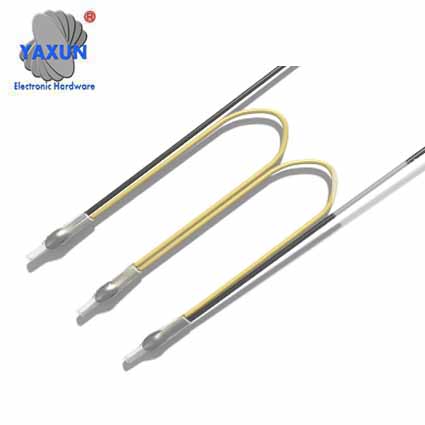 |
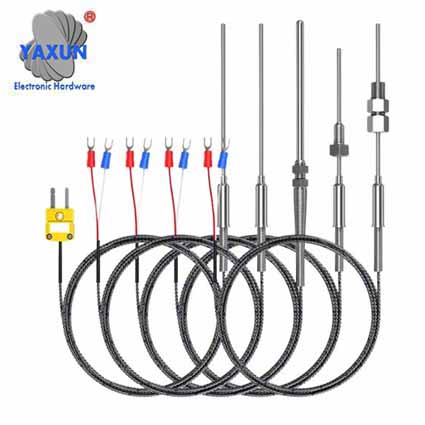 |
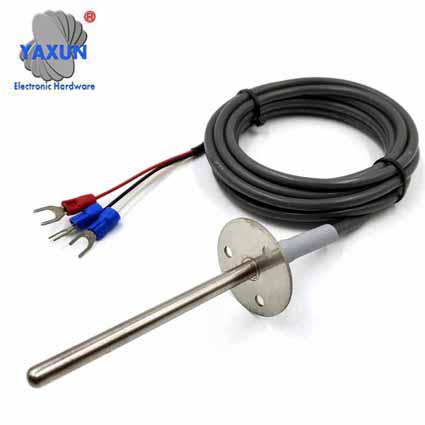 |
|
MZ6 PTC motor protection sensor
|
PT100 temperature sensor | PT1000 temperature sensor |
The function of the PTC resistors simply explained
The PTC resistor is an electronic component with a positive temperature coefficient (PTC for short). Electricity flows particularly well through the components when their temperature is low. If the ambient temperature rises, the resistance rises and less current flows. Due to this special behavior, experts also refer to a PTC resistor as a PTC thermistor.Barrier layers are created when the temperature rises
The components are made up of very small crystals through which electricity flows. If the temperature rises, barrier layers form at its borders. Experts also speak of potential walls. These disrupt the movement of the electrons, making it harder for electricity to flow through them.Types and suitable materials for the PTC thermistors
Depending on how the resistance changes with increasing temperatures, three classes of PTC resistors can be distinguished. These are:PTC thermistors with a linear resistance curve (use, for example, as a temperature sensor)
Ceramic-based non-linear PTC resistors (used, among other things, as a self-regulating heating element in ceramic heaters)
Polymer-based non-linear resistors (used, for example, as self-resetting overcurrent protection)
While all metals have similar properties, these are much more pronounced with a PTC resistor.
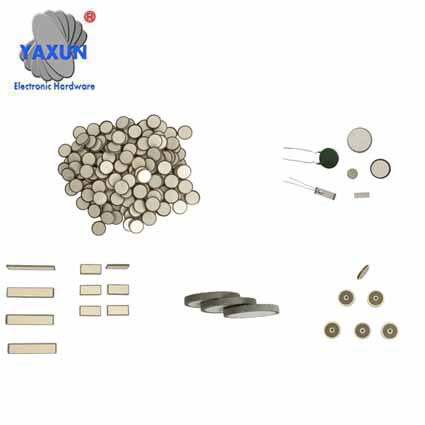 |
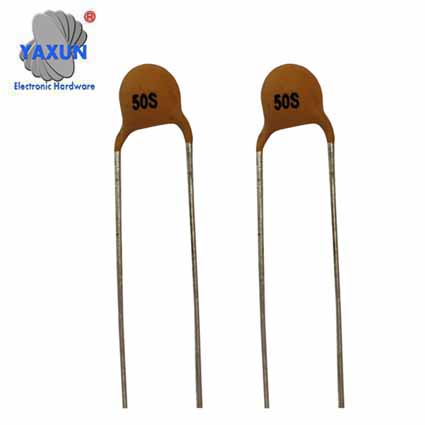 |
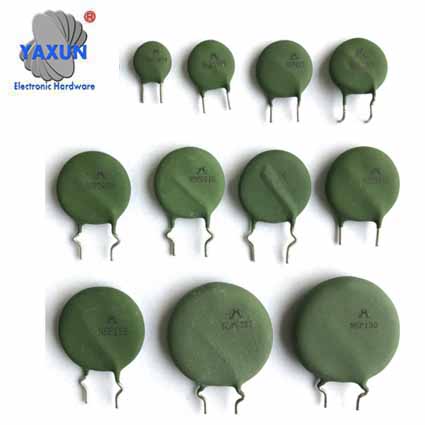 |
|
PTC resistance heating sheet
|
overcurrent protection PTC resistor | Ceramic PTC fuse |
Properties of various PTC resistors
The temperature-dependent behavior can be influenced during production. Silicon-based PTC thermistors generally have a parabolic relationship between temperature and resistance. They are suitable for temperature ranges from minus 50 to plus 150 degrees Celsius and are characterized by their small size.PTC resistors made with barium carbonate achieve a very special temperature behavior due to their specific properties. They act like NTC resistors at low and high temperatures. The resistance decreases the warmer it gets. In the area in between, however, the resistance increases sharply with increasing temperatures.
PTC thermistors made of pure metals are characterized by a comparatively linear resistance. For example, platinum resistors such as the PT100 are very suitable for temperature measurement. A control device interprets the resistance values in order to recognize the current temperature values.
The most important parameters of the PTC resistors
If you want to choose a PTC thermistor, you have to consider various parameters. The nominal resistance is particularly important. Because this indicates how high the resistance is at a temperature of 25 degrees Celsius. In addition, temperature ranges and temperature coefficients must be observed. The latter stand for the change in resistance values with increasing ambient temperatures.Typical areas of application for a PTC resistor
PTC thermistors are used in a wide variety of technical areas today. When it comes to heating technology, platinum sensors such as the PT100 are particularly suitable for temperature measurement. They are built into immersion sleeves or external sensors, for example. The heating control measures the outside temperature in this way and can correctly select the flow temperature of the heating depending on the individual heating curve.PTC thermistors can also detect the liquid level in containers. Their temperature changes depending on whether they are in the moist or dry area. A regulation can interpret the different resistance values and act accordingly.
However, it is also useful to protect against excessively high temperatures. In this context, PTC resistors automatically reduce the flow of current if it gets too hot in their environment. They thus represent an alternative to fuses, but in contrast to these they are self-resetting and can be used multiple times. If a fuse has triggered once, it must be replaced.
Conclusion
A PTC resistor, PTC thermistor is a component that conducts electricity more poorly when temperatures rise. So its resistance increases with increasing ambient temperatures. This special behavior can be used technically to measure temperatures or liquid levels. The electrical components are also often used as overcurrent or overtemperature protection.
PREV:Application of PTC Thermistor
NEXT:NONE
NEXT:NONE





